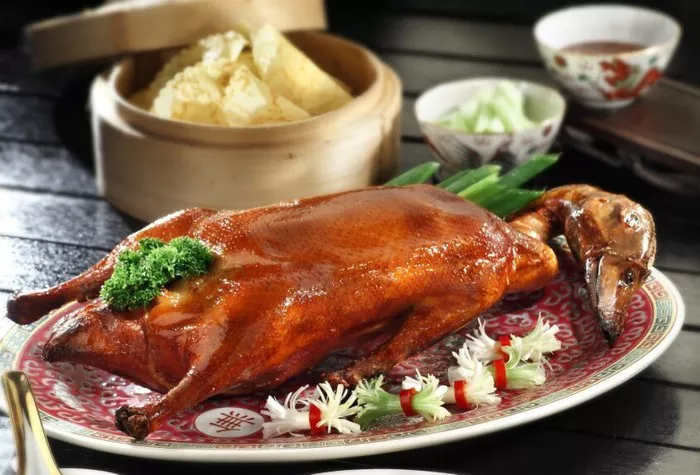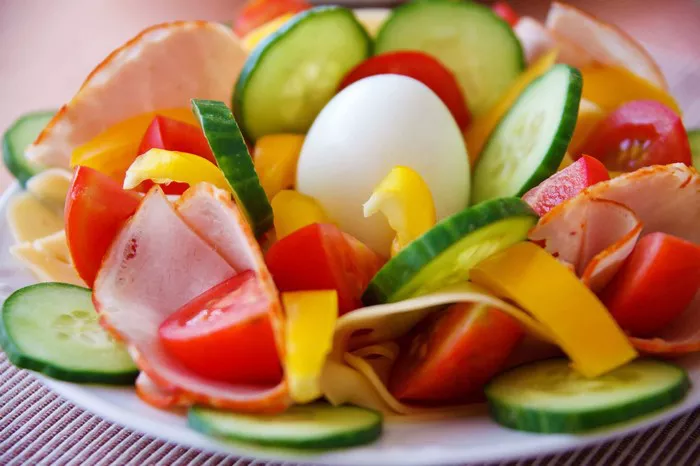Christmas Eve is a time of anticipation and celebration across the world, where families come together to share a special meal before the festivities of Christmas Day. However, the traditions and dishes served on this night vary greatly depending on cultural, regional, and religious practices.
SEE ASLO: The Best Hot Apple Cider Alcoholic Drinks Recipes
Diverse Christmas Eve Traditions
From Europe to the Americas, Asia, and beyond, Christmas Eve is celebrated in unique ways, often with a meal that reflects local customs and culinary traditions. In many countries, this meal is not just about eating but also about honoring age-old traditions and gathering with loved ones to celebrate the holiday season.
European Traditions: A Culinary Journey
In Europe, Christmas Eve meals are deeply rooted in tradition, often reflecting the religious and cultural heritage of each country.
The Feast of the Seven Fishes (Italy): This Italian-American tradition, known as “La Vigilia,” involves serving seven different types of fish or seafood dishes. It is a Roman Catholic custom that stems from the practice of abstaining from meat on Christmas Eve. The meal can include dishes like fried calamari, baccalà (salted cod), and linguine with clam sauce.
Herring and Pierogi (Poland): In Poland, Christmas Eve, or “Wigilia,” is a meatless meal consisting of 12 dishes, representing the 12 apostles. Herring, served in various forms like in sour cream or vinegar, and pierogi, filled with cabbage and mushrooms, are staples of this feast. The meal often begins with the breaking of the “opłatek,” a thin wafer, and sharing wishes for the coming year.
Roast Goose (Germany): In Germany, Christmas Eve is marked by a festive meal, with roast goose being a traditional centerpiece. The goose is often stuffed with apples, onions, and chestnuts and served with red cabbage and potato dumplings. This meal is steeped in history, dating back to the Middle Ages, and symbolizes prosperity and abundance.
American Traditions
In the United States, Christmas Eve meals reflect the diverse cultural makeup of the country. The Feast of the Seven Fishes has gained popularity, especially among Italian-American families. However, many other traditions exist, from a simple meal of ham and potatoes to more elaborate dinners featuring regional specialties.
Other Regions: Christmas Eve Traditions Around the World
Asia: While Christmas is not widely celebrated in many Asian countries, regions with Christian communities have their own unique traditions. In the Philippines, “Noche Buena” is a grand feast enjoyed after the Midnight Mass, featuring dishes like lechon (roast pig), ham, and various Filipino delicacies.
South America: In countries like Argentina and Brazil, Christmas Eve is a time for a late-night feast that includes grilled meats, salads, and panettone, an Italian bread that has become popular in many Latin American countries.
Africa: In Ethiopia, Christmas, known as “Gena,” is celebrated on January 7th, and the Christmas Eve meal often includes traditional dishes like “doro wat,” a spicy chicken stew, and “injera,” a sourdough flatbread.
Popular Christmas Eve Dishes
List of Classic Dishes
Baccalà (Italy): Salted cod, often served in a tomato-based sauce.
Pierogi (Poland): Dumplings filled with cabbage, mushrooms, or potatoes.
Roast Goose (Germany): A festive roasted bird, stuffed and served with traditional sides.
Lechon (Philippines): A whole roast pig, a centerpiece of Filipino celebrations.
Panettone (Italy/Latin America): A sweet bread loaf filled with candied fruits and raisins.
Recipe Examples
Baccalà in Tomato Sauce: Soak salted cod overnight, then cook in a rich tomato sauce with garlic, olives, and capers. Find the full recipe here.
Pierogi with Cabbage and Mushrooms: Make a dough from flour, eggs, and water, fill with sautéed cabbage and mushrooms, and boil until tender. Detailed recipe available here.
Tips for Planning a Christmas Eve Meal
Choose Complementary Dishes: Plan a menu that balances rich, savory dishes with lighter fare, like salads or simple vegetable sides.
Create a Special Atmosphere: Set the table with festive decorations, light candles, and play holiday music to enhance the festive mood.
Prepare in Advance: Many Christmas Eve dishes can be prepared the day before, allowing you to enjoy the evening with your guests.
Conclusion
A traditional Christmas Eve meal is a rich tapestry of flavors, customs, and meanings, reflecting the cultural and religious diversity of the holiday season. Whether you’re enjoying a plate of pierogi in Poland, a roast goose in Germany, or a variety of seafood in Italy, the essence of the meal remains the same: bringing people together to celebrate and share in the joy of Christmas.
Related Topics:



























